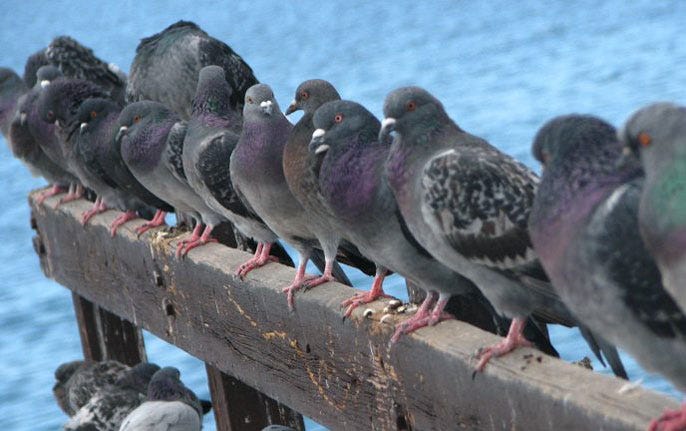Introduction to Coordinated Avian Models (CAMs)
On the Perils of Confusing Cognition with Execution
I was up all night coming up with weird jokes like this one, inspired by Gödel’s Incompleteness Theorems: “I asked my AI if it was always correct and it said yes. I asked it if its last response was true and it said no. I said “Well, which one is it?” And it said: “I’m a formal system—how the hell should I know?”
Fun stuff. Until this morning. This brings us to CAMs.
Meet CAM: Coordinated Avian Models
Imagine a certain Dr. Avian is thinking about AI and intelligent systems, and realizes that his new program, dubbed "New Behaviorism," following his early work reviving 20th-century behavioral theories (think Watson and Skinner), would permit the training of birds to perform certain methodical, precise tasks. They can literally be trained to perform sequences of actions. He also realizes that there are, well, lots of birds—and so lots of bird brains available for training. That does it.
The reclusive Dr. Avian springs into action, first commandeering his flock of research pigeons, woodpeckers, and crows to begin large-scale “design” training. Shortly after, in another burst of inspiration, he gets the acronym—sure to attract research dollars: Coordinated Avian Models, or CAMs.
CAMs are intelligent execution models involving no theory of mind. CAMs are thought to develop a Theory of Mind (ToM) by scaling. A thousand birds may still be limited. But ten thousand birds or more will make execution of existing designs more efficient and spur creative directions toward new designs. It is insisted the mind will emerge at this stage.
The world awaits.
He puts the pigeons to work flying prefabbed wood parts to the assembly line in his capacious avian research park. Woodpeckers are pesky little creatures whose incessant tap, tap, tap put two of his best grad students on Advil and a third on martinis at lunch. But they peck holes at key places in the wood parts. Then the crows, ever clever and dexterous, use prefabbed wood pegs and, in concert with all the pooping and chirping and pecking, out comes a beautiful birdhouse. He wins the Ernst & Young Bio-Inspired Systems Award. Then he realizes that the coordinated system of trained birds he’s made scales.
Keep reading with a 7-day free trial
Subscribe to Colligo to keep reading this post and get 7 days of free access to the full post archives.



